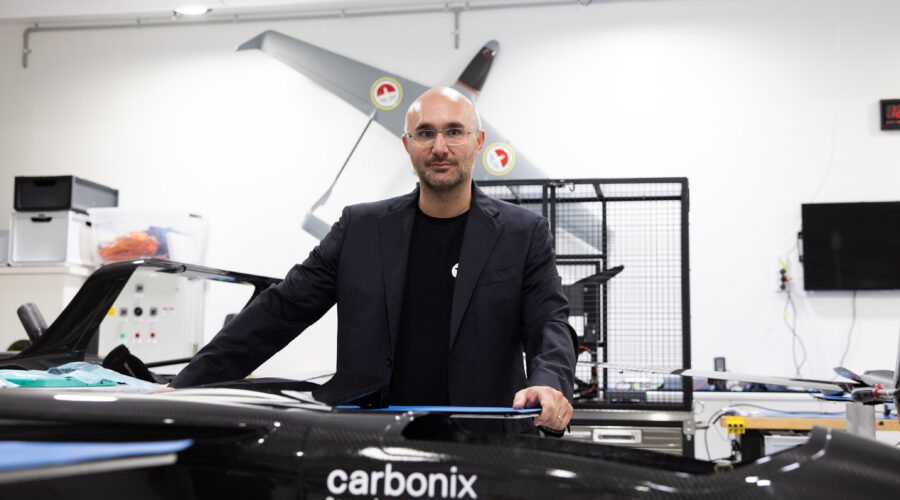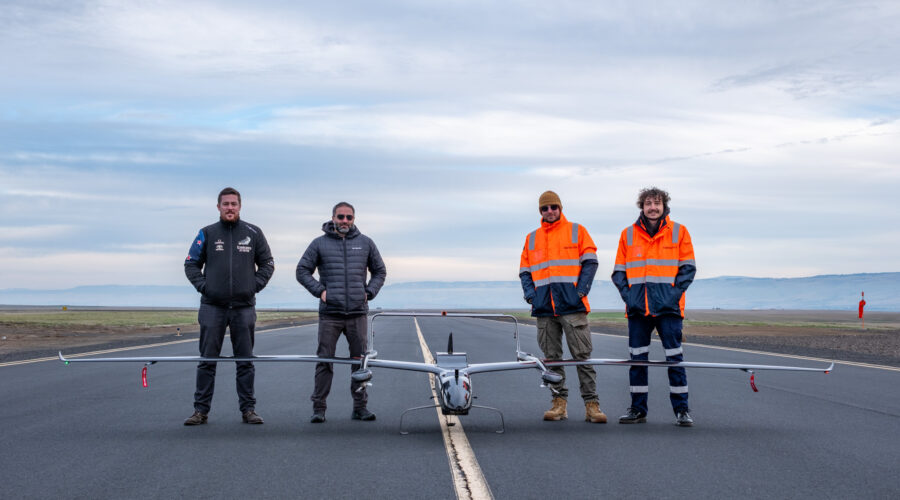Bonded or Mechanically Fastened?
Most current A Cat beams are bonded to the hulls rather than mechanically fastened.
With some increasingly rare exceptions, builders and sailors prefer a unitary platform.
With some increasingly rare exceptions, builders and sailors prefer a unitary platform.
The downside of this choice is arguably reduced practicality for transport since the platform cannot be dismantled into its component parts.
Accepting this compromise is made easier by the 2.3m class beam restriction which is within road vehicle width limitations in all countries that we are aware of and, crucially, fits within a standard shipping container.
Accepting this compromise is made easier by the 2.3m class beam restriction which is within road vehicle width limitations in all countries that we are aware of and, crucially, fits within a standard shipping container.
In fact the practicality of dismantling a mechanically fastened platform for transport (and re-aligning, assembling, and rigging it at the other end of the journey) is marginal at this size and weight.
Real savings in shipping costs are minimal, especially given that the space within the footprint of a bonded platform can be used to store other gear.
Real savings in shipping costs are minimal, especially given that the space within the footprint of a bonded platform can be used to store other gear.
When making this decision we did not take bonded beams for granted but quickly came to the conclusion that the compromises are amply outweighed by the benefits.
On the plus side bonded beams
– Take full advantage of composite material properties to ensure stiff connections,
– Require a smaller contact area (bonding area can be designed to extend around the beam end rather than being restricted by beam footprint as is the case for mechanical joints, where bolt tension maximisies friction between two mating surfaces),
– Guarantee consistent reliable alignment of the hulls without the need for periodic ‘reseating’,
– Can be integrated and faired in for best aero and hydrodynamic effect.
Moulded, Filament Wound or Wrapped?
The next choice is not as clear-cut: Use a mechanically produced constant-section tube, or make each beam in a female mould?
Existing boats appear divided more or less equally on the alternatives, perhaps with a majority of designs opting for straight constant section beams.
It is important to note that these are not ‘off the shelf’ carbon tubes. The laminates are specifically engineered, with optimised fibre distribution, orientation, and wall thickness.
The distinction is that they are made with mechanised processes such as filament winding or pultrusion.
Such processes can achieve very precise fibre alignment and tension, good resin ratios, and admirable compacting, often through the application of mechanical pressure during curing.
It is important to note that these are not ‘off the shelf’ carbon tubes. The laminates are specifically engineered, with optimised fibre distribution, orientation, and wall thickness.
The distinction is that they are made with mechanised processes such as filament winding or pultrusion.
Such processes can achieve very precise fibre alignment and tension, good resin ratios, and admirable compacting, often through the application of mechanical pressure during curing.
The catch is that such mechanically produced beams are restricted to straight constant section shapes because they are made over ‘mandrels’, and the mandrel has to be extracted once the section is created (a constant large radius curve is theoretically possible but we are not aware of this option existing commercially). ,
There is some limited freedom in the choice of cross section: deviations from a circle to an oval or ‘D’ shape are possible but there are practical restrictions on how tight a radius can be achieved in the corners of the D.
As well as the need to be able to release product from mandrel, limitations in section shape are driven by radial fibre tensioning and compacting methods: A circular section gives even compacting. Moving closer to a square puts more pressure on the corners and less on the flatter areas…
There is some limited freedom in the choice of cross section: deviations from a circle to an oval or ‘D’ shape are possible but there are practical restrictions on how tight a radius can be achieved in the corners of the D.
As well as the need to be able to release product from mandrel, limitations in section shape are driven by radial fibre tensioning and compacting methods: A circular section gives even compacting. Moving closer to a square puts more pressure on the corners and less on the flatter areas…
We decided that the constraint on varying beam curvature and section was too high a price to pay for any advantage offered by mechanically laminated beams.
Especially in the case of the aft beam, turning down at the outboard ends allows a more efficient intersection with the hull, as well as a cleaner deck profile.
This is light, looks slick and, most importantly, makes life easier for the sailor.
Especially in the case of the aft beam, turning down at the outboard ends allows a more efficient intersection with the hull, as well as a cleaner deck profile.
This is light, looks slick and, most importantly, makes life easier for the sailor.
To achieve sufficient water clearance with a straight aft beam, one would have to either raise the aft freeboard and deck height, or build ramps between the hulls and the beam ends. Both solutions are a compromise in terms of weight, aesthetics and spray drag.
We also evaluated a ‘hybrid’ solution consisting of straight beams combined with curved end sockets that would have captured the beams and been bonded to the boat.
Such a design might look similar to a curved beam but is heavy because of the extra (overlap) material required where the beam glues into the end moulding. Furthermore, if moulds have to be created for the beam ends, the savings over making full beam moulds are marginal and negated by the extra labour required during assembly.
Such a design might look similar to a curved beam but is heavy because of the extra (overlap) material required where the beam glues into the end moulding. Furthermore, if moulds have to be created for the beam ends, the savings over making full beam moulds are marginal and negated by the extra labour required during assembly.
Shape Considerations
So we chose curved beams manufactured in custom moulds.
The beam design integrates into the hulls with optimum geometry.
This choice gives us the freedom to vary section shape and beam curvature at will.
The beam design integrates into the hulls with optimum geometry.
This choice gives us the freedom to vary section shape and beam curvature at will.
Beam section shape is a compromise between structural stiffness and aerodynamic drag.
Curvature distribution is a compromise between water clearance and minimising performance loss due to changes in platform geometry (especially foil alignment) as a consequence of beam deflection.
Curvature distribution is a compromise between water clearance and minimising performance loss due to changes in platform geometry (especially foil alignment) as a consequence of beam deflection.
Strikerless or Supported?
For a given material stiffness, a dolphin striker configuration will always be stiffer than an unsupported beam.
However the size, loads, and handling requirements specific to the A Class make strikerless beams a more attractive option.
Sufficient stiffness is achievable within minimum weight through careful design and material use, so it is worth reaping the benefits of a clean simple front beam.
However the size, loads, and handling requirements specific to the A Class make strikerless beams a more attractive option.
Sufficient stiffness is achievable within minimum weight through careful design and material use, so it is worth reaping the benefits of a clean simple front beam.
Material
To maximise stiffness we have sourced ultra high modulus carbon for our crossbeams.
To add resilience, this ultra stiff carbon will be combined with intermediate modulus fibres that are ultimately stronger.
The Process
As always, no design choice is as simple as it first appears. But a conscious methodical approach guided by a clear brief helps to rank possible solutions in a quantitative way.






